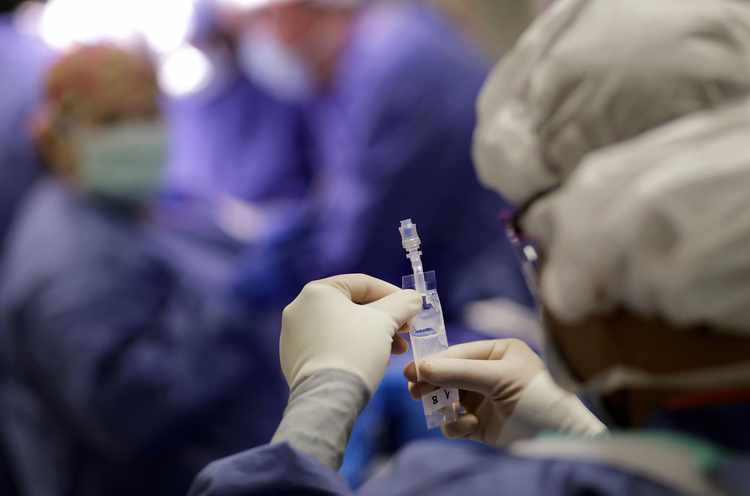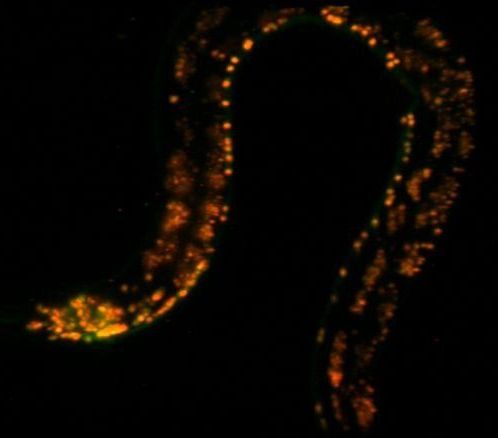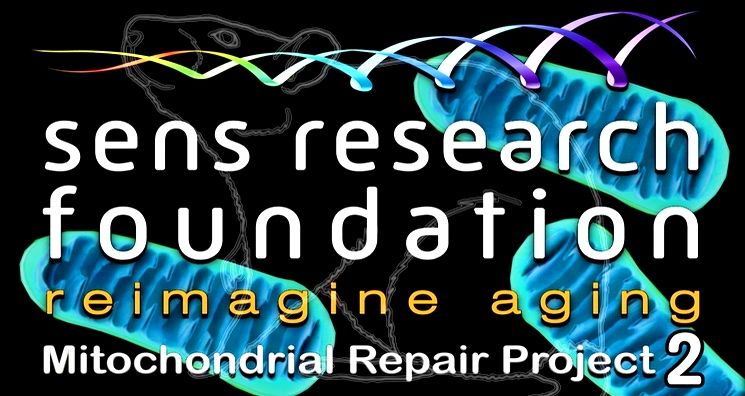Sep 29, 2019
“Off-the-Shelf” Stem Cells Could Bring a Regenerative Revolution
Posted by Genevieve Klien in categories: biotech/medical, genetics
It’s the promise of stem cell medicine: Someday soon, clinics will rebuild diseased or broken hearts, kidneys, pancreases or blood by growing and reprogramming human cells, then adding them back to the bodies of the patients they came from.
If only it were that easy.
After two decades of human stem cell research, researchers have learned how to create what appear to be reasonably functional versions of several types of cells, first using genetic tricks to turn cells back to an uncommitted state and then molding them into the type of cell needed — say, an insulin-producing cell or a particular kind of nerve cell. And many early clinical trials of stem cell medicine have shown genuinely promising results.

















